Thessaloniki gets ready for its metro launch in November
The underground rapid transit lines have been under construction for almost two decades due to various project delays
 TheMayor.EU logo
TheMayor.EU logo 
The underground rapid transit lines have been under construction for almost two decades due to various project delays
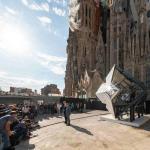
The cross pinnacle on the Tower of Jesus Christ will be ready to receive visitors in 2026 on the centennial of Gaudi’s death

Now you can get your wine in Talence by paying directly in Bitcoin

That’s because the state has to spend money on updating the railway infrastructure rather than subsidizing the cost of the popular pass

Steffen Romstöck said that he would respect the residents’ choice and would take over the helm of the municipality, even if he didn’t run

The measure, which will come into force from 1 January 2025, will be partial and temporary…for now

Rethinking renewable energy sources for the urban landscape

But operating them is still illegal under the country’s legislation

The examples, compiled by Beyond Fossil Fuels, can inform and inspire communities and entrepreneurs that still feel trepidation at the prospect of energy transition

Now you can get your wine in Talence by paying directly in Bitcoin

Rethinking renewable energy sources for the urban landscape

The examples, compiled by Beyond Fossil Fuels, can inform and inspire communities and entrepreneurs that still feel trepidation at the prospect of energy transition

The underground rapid transit lines have been under construction for almost two decades due to various project delays

Plus, it has a unique modular design that allows it to be shortened and lengthened like a train

At least, that’s the promise made by the mayor of Paris, Anne Hidalgo
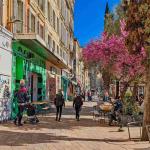
Despite its church-y name, the district has long been known as the hangout spot for the artsy crowds

At least, that’s the promise made by the mayor of Paris, Anne Hidalgo
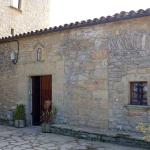
Hostal de Pinós is located in the geographical centre of the autonomous region

On the eve of the new academic year, the ranking considers several distinct but essential factors
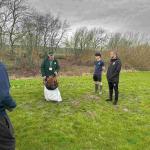

Following a successful trial phase, these quiet areas will now be available on all main routes in the country

The academic institution shows a deeper understanding of the well-being of its students










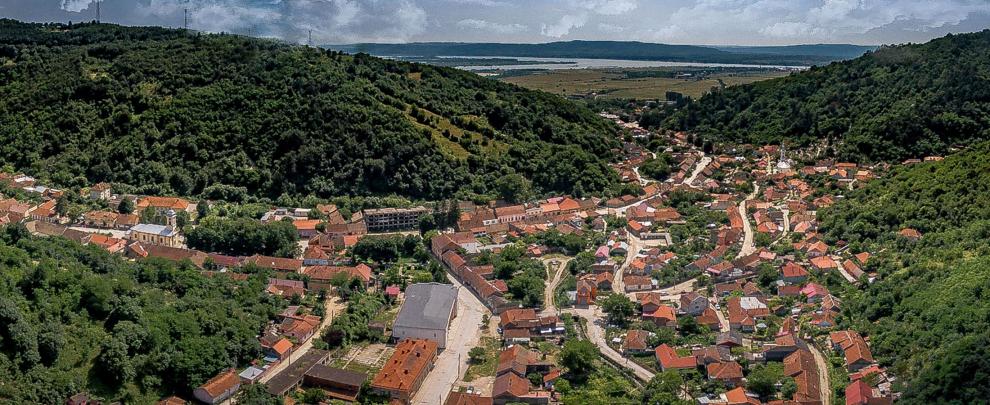
The locality was first mentioned in documents from 1777. In a map dating back to 1723 the locality carried the name Pesneak, and in 1761 Bosneak. It seems that there were two settlements - Bosnia and Baron, their merger formed the current settlement - Moldova Nouă.
In the local administrative charter from 1808 the town is called Neu Moldova (New Moldova). The Upper Clisurii area of the Danube (from Baziaş to Cozla), where Moldova Nouă is located, has been inhabited since ancient times.
The earliest traces of human settlement are from the Paleolithic era, in and around the territory of the village of Gornea (Sicheviţa commune). In the perimeter of the city of Moldova Nouă and in biggest part of the localities in Clisura, archaeologists have made discoveries from all the other periods of ancient history including the Bronze Age.
Moldova Nouă experienced rapid development following the Second World War, when it became the main economic centre in the south of Banat. In 1950 Moldova Nouă became a “rayon” residence in the Banat region and in 1954 it was finally officially declared a city.
Moldova Nouă is a Romanian city, located in the southwestern part of the country in the historical region of Banat, in an area known as Clisura Dunării. It is situated on the shores of the river Danube. The Municipality of Moldova Nouă administers three villages: Măcești, Moldova Veche and Moldovița.
According to the 2011 census, the inhabitants of Moldova Nouă were 12,350.
Moldova Nouă has two ports, one industrial and one for passengers, plus a new one Ferry border crossing Serbia, opened in 2019.
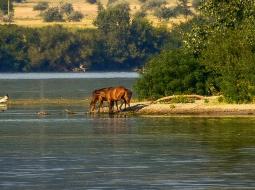
It is the second longest river in Europe. The greater part of the Danube Delta lies in Romania. The Danube Delta is also the best preserved river Delta in Europe, and since 1991 UNESCO World Heritage Site. Its lakes and marshes support 45 freshwater fish species while its wetlands are often the home of vast flocks of migratory birds representing over 300 species.
Source: Wikipedia
Address: Moldova Nouă, str. Nicolae Balcescu № 25